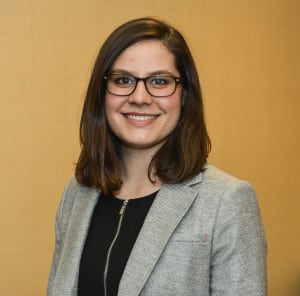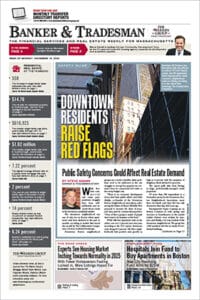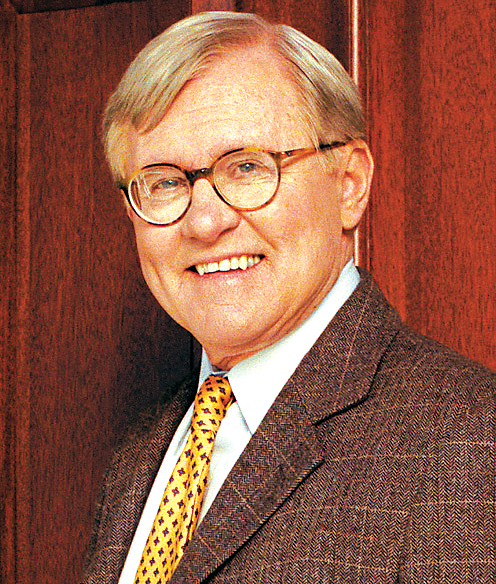Many pages have been dedicated to outlining the various challenges facing cities and towns across the commonwealth. Limited budgets, lack of sufficient financing and shifting administrative priorities are all familiar constraints that we learn to work with in an effort to improve the built environment.
Through ULI’s Technical Assistance Panels (TAPs), communities receive advice and implementable solutions on challenging issues, either pro bono or for a nominal fee. As you can imagine, we see many similar issues from community to community. Discussions around parking management, outdated and prohibitive zoning, market leakage, and limited housing options all come up time and again in the urban and semi-rural communities where we have served.
TAPs provide interesting vantage points to downtown revitalization because of the diverse mix of municipalities. Each has a unique set of characteristics that make it a place, rather than just a location on a map. Yet often communities have trouble articulating exactly what distinguishes their downtown from another.
Many of these places have legacies reflected in monikers coined at the height of America’s Industrial Age: Taunton’s “Silver City,” Westfield’s “Whip City” and Leominster’s “Pioneers Plastic City” are just some examples. These nicknames gave communities identity and gave a sense of belonging to the people who lived in them. But as industry shifted overseas, many communities faced an identity crisis.
A community’s sense of place is a central to understanding how it can redefine itself, which is what prompts many communities to seek assistance from a TAP. When we receive applications for TAPs, they inevitably include detailed information about the ethnic composite of the community. Some will boast of the numerous languages spoken by children in the public school system, or include the names and locations of favorite local ethnic eateries (offering Brazilian, Cambodian or Columbian fare). We also learn stories of local immigrant families who have chosen to put down new roots, yet TAP panelists rarely meet the people in this demographic.
We’ve learned over the years that the voice and vision of a community’s immigrant population needs to be heard when major decisions are made about redefining a place for the 21st century. Much as the immigrant labor of the Industrial Age defined a community’s backbone in the 20th century, that demographic should weigh in now.
There are several ways communities can better engage their immigrant populations and we encourage leaders to consider all the tools available. Technology, for one, helps break down language barriers and create forums that augment more customary community meeting methods. But more traditional methods work as well. Local business associations, for example, strengthen the influence of individual small business owners – many of whom are immigrants and may not have the willingness or confidence to speak on their own. Neighborhood associations and block parties help to infuse local ethnic foods and culture into the flavor of a community – promoting and highlighting the immigrant contributions.
Immigrants are resourceful, entrepreneurial and resilient. Ensuring their representation and participation in conversations about reimagining their community is key to rebuilding aging communities into viable places for the 21st century.
Ileana Tauscher is a senior associate at ULI Boston/New England.







